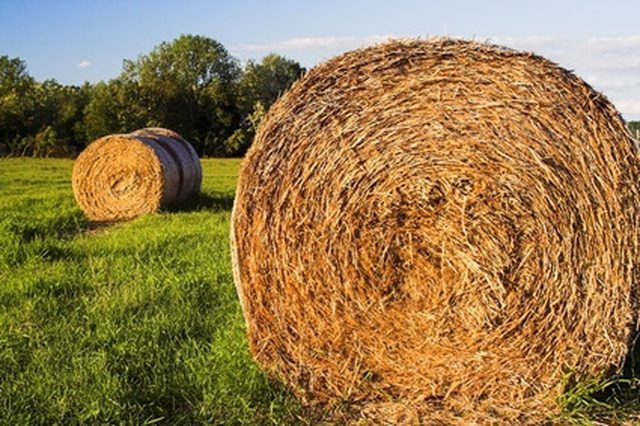Bulbs
Flower Basics
Flower Beds & Specialty Gardens
Flower Garden
Garden Furniture
Garden Gnomes
Garden Seeds
Garden Sheds
Garden Statues
Garden Tools & Supplies
Gardening Basics
Green & Organic
Groundcovers & Vines
Growing Annuals
Growing Basil
Growing Beans
Growing Berries
Growing Blueberries
Growing Cactus
Growing Corn
Growing Cotton
Growing Edibles
Growing Flowers
Growing Garlic
Growing Grapes
Growing Grass
Growing Herbs
Growing Jasmine
Growing Mint
Growing Mushrooms
Orchids
Growing Peanuts
Growing Perennials
Growing Plants
Growing Rosemary
Growing Roses
Growing Strawberries
Growing Sunflowers
Growing Thyme
Growing Tomatoes
Growing Tulips
Growing Vegetables
Herb Basics
Herb Garden
Indoor Growing
Landscaping Basics
Landscaping Patios
Landscaping Plants
Landscaping Shrubs
Landscaping Trees
Landscaping Walks & Pathways
Lawn Basics
Lawn Maintenance
Lawn Mowers
Lawn Ornaments
Lawn Planting
Lawn Tools
Outdoor Growing
Overall Landscape Planning
Pests, Weeds & Problems
Plant Basics
Rock Garden
Rose Garden
Shrubs
Soil
Specialty Gardens
Trees
Vegetable Garden
Yard Maintenance
History of Balers
History of Balers. Before the advent of hay balers to bale hay for feed, haying was an arduous process that used scythes and pitchforks. Horse-drawn sickle mowers helped alleviated the work by cutting the crop, after which workers piled the hay into house-shaped haystacks. Stationary balers were the next evolution in haying, although modern baling...

Before the advent of hay balers to bale hay for feed, haying was an arduous process that used scythes and pitchforks. Horse-drawn sickle mowers helped alleviated the work by cutting the crop, after which workers piled the hay into house-shaped haystacks. Stationary balers were the next evolution in haying, although modern baling did not begin until the 1940s.
Stationary Balers
Stationary balers, introduced around the mid-1800s, were horse-powered units that required workers to pitch hay into the baler and tie the compressed hay into bales. The balers were later put on wheels so they could be taken to the hay, but the process still required a man to drive the tractor, a baler operator to push hay into the bale chamber and a couple of workers to tie the bales.
Square Balers
In 1936, a man known as "Innes" of Davenport, Iowa pioneered an automatic, self-tying baler. Ed Nolt of Pennsylvania built on this innovation in 1937 by using knotters from the Innes baler to build the first successful automatic pickup square baler. New Holland began to market this design in 1940, with great success. With these devices, a single farmer could bale 35 to 40 tons of hay per day.
Round Balers
Nebraskan Ummo F. Leubben invented the first modern baler in 1903 and patented it in 1910. Leubben's machine gathered the hay, rolled it into a large round bale, tied it and ejected it from the machine. In 1940 he sold the rights to Allis-Chalmers, which adapted his ideas to develop its Roto-Baler, released in 1947. Within three years the company had sold 23,000 Roto-Balers.